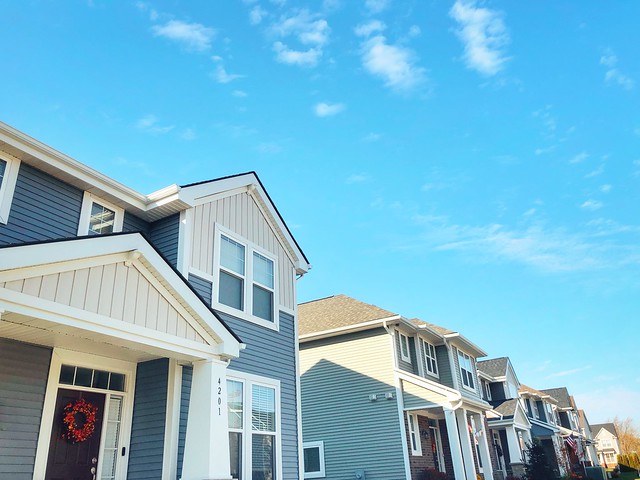Falling temperatures and higher mortgage rates did nothing to slow new home sales in December, according to numbers recently released by the U.S. Census Bureau and the Department of Housing and Urban Development. New home sales defied expectations and rose nearly 12 percent from the month before. The increase pushed sales to their highest level since March and beat economists’ predicted pace by almost 100,000 units. At a time of year when home sales typically slow, the sales surge is an encouraging sign. It’s also evidence that buyer demand remains high, despite a challenging market. Also in the report, the median sales price of new houses sold in December was $377,700, up 3.4 percent from one year ago. The average sales price was $457,300. There were 403,000 new homes for sale at the end of the month. That represents a 6-month supply at the current sales pace. (source)













